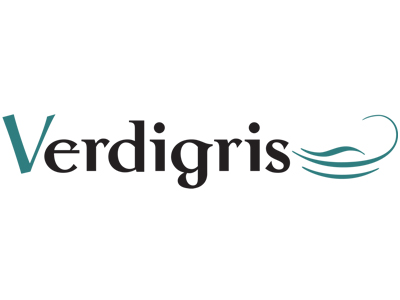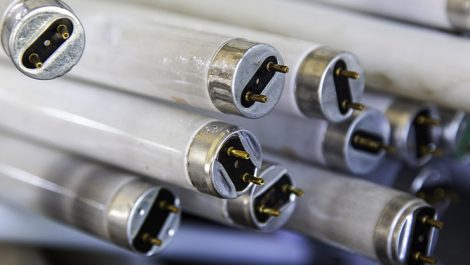There is a lot of chat going around as to the negative impact of plastic packaging on the environment. On the one hand there’s eight million tonnes of the stuff floating malignant and unopposed in the oceans. And on the other, plastic is a very effective packaging material, especially for keeping food fresh and uncontaminated. It also extends its shelf life and it’s useful for displaying goods and for making carrier bags. Proponents of plastic packaging for bottles, bags, wrappers, tubs and trays will tell you this and they also claim that if some other material, such as metal or paper were used instead of plastic that overall emissions in terms of energy and greenhouse gases, would rise.
It’s hard to get reliable data that supports this, but it’s true that plastic doesn’t weigh much so it doesn’t add a lot to transport costs and the associated emissions. It’s also durable and reliable so food waste is minimised: think loose versus plastic wrapped grapes. However it’s also true that many products sold wrapped in plastic don’t need protection: think coconuts and rutabagas (swedes). The benefits of plastic are many, but there is no getting away from the fact that it is overused and that there are alternatives that have less of a negative impact on the environment.
Paper companies such as Stora Enso and Sappi have made big strides in developing equivalent alternatives based on wood pulp, a renewable resource which also happens to offer an excellent carbon capture method. Trees not only capture carbon but they also consume it via photosynthesis, a process that also produces oxygen as a waste byproduct. Paptic has been developed by a Finnish start-up and it could replace both paper and plastic. This paper-based material is fully recyclable and is compatible with existing packaging lines. Its developers say that it’s “the next generation of paper with all the benefits of paper combined with the critical properties of plastics like heat sealability”.
In response to such initiatives and to consumer worries, much has been done within the plastic industry to improve the material’s environmental impact. Plastic is mostly made from oil, so it is not easy to recycle. But some plastics can be recycled into new plastics and the rest can be incinerated to generate energy, assuming the stuff is collected in the first place. The recyclability or otherwise of plastic depends on its composition and the complexity of polymers involved: the fewer for instance in bottles, the better. Packages made from mixed ingredients are harder to turn into raw materials for new products.
In the UK, where households generate 1.7 million tonnes of packaging waste annually, work is being done to reduce waste plastics to their components so that these chemicals can be reused. This work is still in its early stages, and in the meantime plastic continues to pollute the oceans and waterways.
– Laurel Brunner
This article was produced by the Verdigris project, an industry initiative intended to raise awareness of print’s positive environmental impact. This weekly commentary helps printing companies keep up to date with environmental standards, and how environmentally friendly business management can help improve their bottom lines. Verdigris is supported by the following companies: Agfa Graphics, EFI, Fespa, HP, Kodak, Kornit, Ricoh, Spindrift, Splash PR, Unity Publishing and Xeikon.





